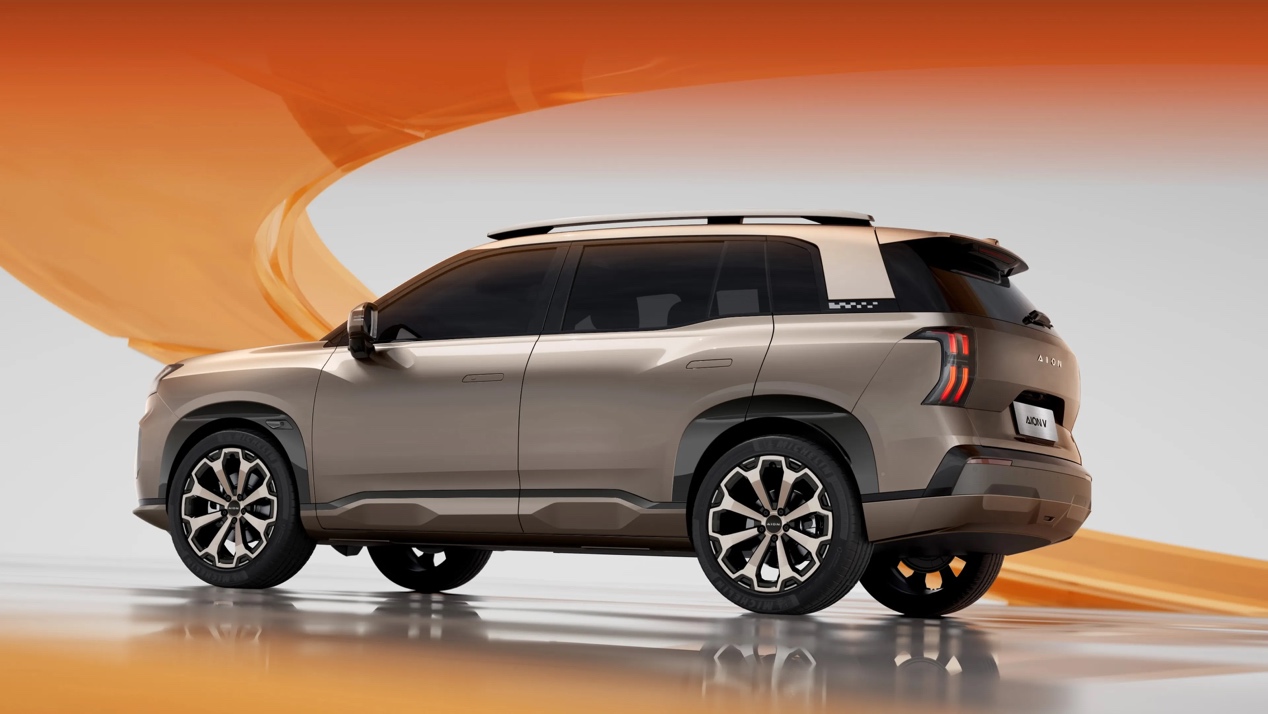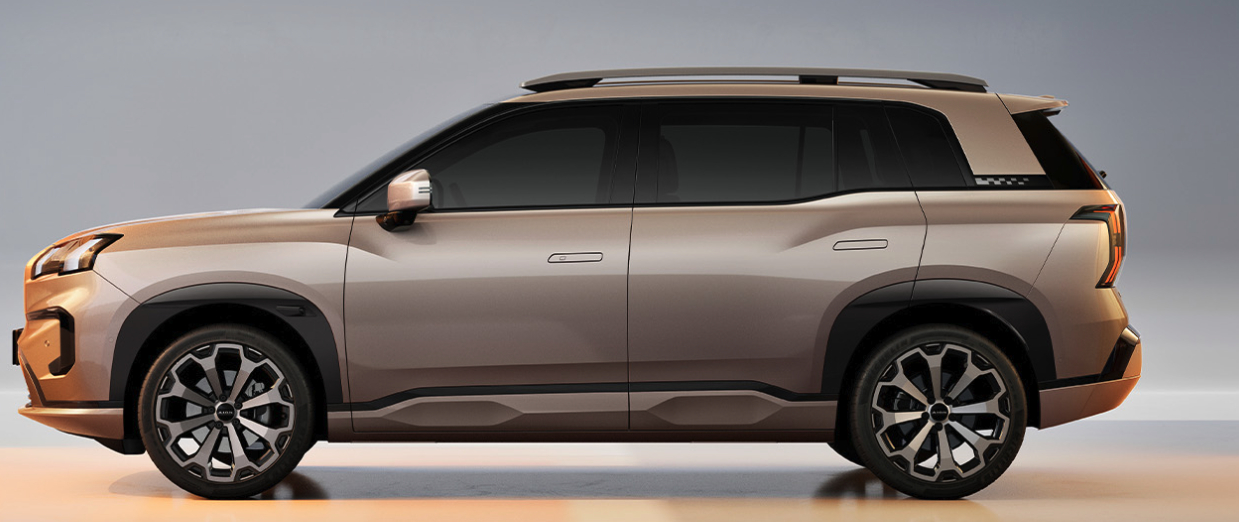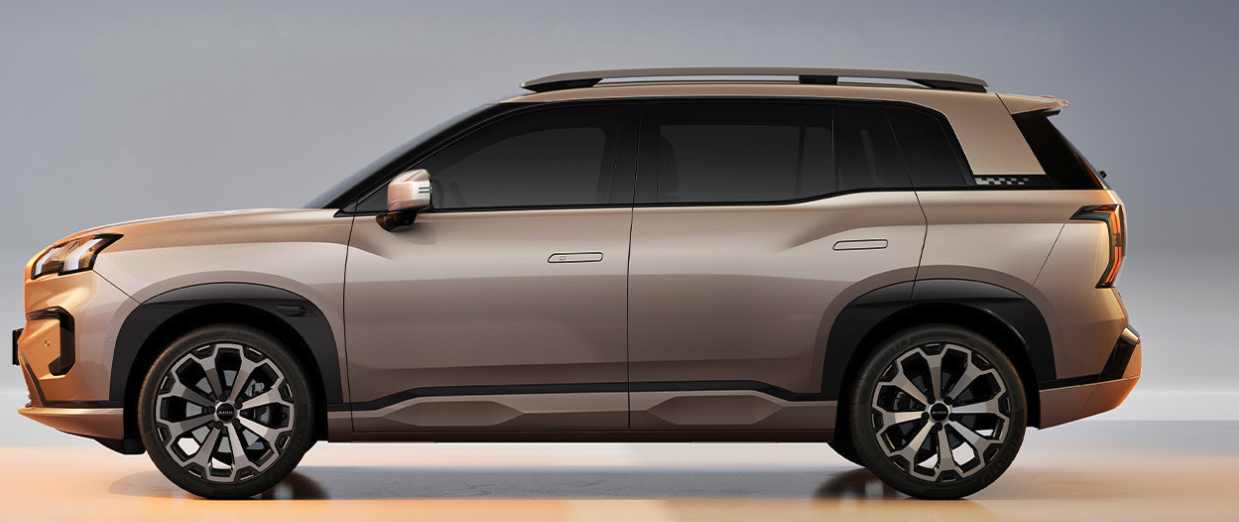In recent years, there have been a lot of electric vehicles on the streets of Hong Kong. In just 4 years, the number of private cars has increased from approximately 19,600 in 2021 to approximately 11,900 electric vehicles on April 25, an increase of up to 6 times!
Hong Kong has now become one of the fastest-growing cities in the world for electric vehicles. Environmental protection, energy saving, and long-term carbon reduction are the general trend of EVs; However, when faced with different types of electric vehicles, if you do not have an in-depth understanding, especially if you are buying a car for the first time, it is easy to get lost in choosing.
So, follow us to learn about the types of electric vehicles!
Quick Takeaways:
1. The main types of trams are: pure electric vehicles (BEVs), hybrid vehicles (HEVs), plug-in hybrid vehicles (PHEVs), hydrogen fuel cell vehicles (FCEVs), and solar electric vehicles (SEVs).
2. In Hong Kong, the main types of trams include: pure electric vehicles (BEVs), hybrid electric vehicles (HEVs), and plug-in hybrid vehicles (PHEVs).
3. Although HEV has a simple structure and does not require charging facilities, its fuel cost is close to that of fuel vehicles and registration will be banned in 2035, which is not ideal in the long run; BEV and PHEV are initially more expensive, but they save money because of their low energy consumption. Among them, BEV has a simpler structure, low maintenance cost, and is more suitable for a short-distance dense commuting environment in Hong Kong.
How much do you know about the concept of electric vehicles?
An electric vehicle (EV) generally refers to a vehicle with electricity as its main driving force. It is mainly powered by onboard batteries and uses one or more electric motors to drive the wheels.
Advantages of EV
- Zero Exhaust, Low Pollution
Pure electric vehicles have no exhaust emissions and can greatly improve air quality, especially suitable for densely populated cities such as Hong Kong.
- High Energy Efficiency and Low Operating Costs
The conversion rate of electric motor (about 80%) is much higher than that of fuel engine (15-20%). Moreover, compared with other countries and regions, electricity prices in Hong Kong are relatively flat. For example, charging a tram in Central Plaza only cost HK $3.3 at one time.
- Easy Maintenance
The EV structure is relatively simple, does not require oil change, and has no exhaust system. Moreover, the brakes on many trams rely more on "regenerative braking", so long-term maintenance costs are significantly reduced.
- Superior Driving Experience
The electric motor of the tram can immediately provide high torque and accelerate smoothly, but the carriage is quiet and noiseless! Neither you nor the passengers will be bored. Moreover, general EVs are often equipped with advanced navigation, entertainment, intelligent driving and other systems to improve safety and driving comfort.
Overview of EV core technologies
The core of electric vehicles is undoubtedly the "three electric systems": battery, motor, and electronic control. They are the key to determining performance, efficiency, and safety:

|
Technical module |
function |
Key Value |
|
Battery + BMS |
Energy storage, monitoring, and management |
"The key to electric vehicles lies in the battery, and the core of the battery is the battery management system." |
|
Motor |
Provide power and recover energy |
Efficient, immediate, space advantage |
|
Electronic control (VCU, MCU) |
Command dispatch and distribution |
Vehicle coordination and performance control |
|
Semiconductor (SiC/GaN) (Some high-end models) |
As a key material for the inverter |
Expanding efficiency and lightweight |
Five Types of Electric Vehicles
After understanding the basic concepts, you can become familiar with the types of trams more quickly:
- Battery Electric Vehicles (BEV)
The BEV is powered entirely by batteries. It has no internal combustion engine, no fuel tank, and drives with zero emissions. It can also be recharged by visiting a fast charging station. For example, most of the AION and HYPTEC models owned by GAC are BEVs.
Advantages: Environmentally friendly and zero emissions, high energy efficiency, smooth and quiet driving.
Disadvantages: Limited cruising range, long charging time, and dependence on charging infrastructure.
- Hybrid Electric Vehicles (HEV)
HEV is equipped with both a motor and a fuel engine, but the battery can only be charged by the internal combustion engine and braking energy recovery, and cannot be charged externally. In Hong Kong, registration of any style of HEV will be stopped on or before 2035.
Advantages: More fuel efficient than traditional gasoline vehicles, better average acceleration, and no anxiety about battery life.
Disadvantages: Still exhaust, and the environmental benefits are more limited than those of BEV.
- Plug-in Hybrid Electric Vehicles (PHEV)
PHEV combines the basic design of HEV and expands the battery capacity. It can be charged by plug-in and can drive in pure electric mode, and then the oil engine takes over.
Advantages: Taking into account both pure electric short-distance and long-distance fuel needs, high flexibility of use.
Disadvantages: Complex structure, high cost, later repairs and maintenance that may require considering two sets of power systems.
- Hydrogen Fuel Cell Electric Vehicles (FCEV)
FCEV uses hydrogen to react with air to generate electricity in the vehicle to drive the motor. The only things that are discharged are water and heat.
Advantages: Hydrogenation is fast, battery life is comparable to that of fuel vehicles, and it is suitable for long distances.
Disadvantages: Very few hydrogen refueling stations, high equipment costs, and backward infrastructure.
- Solar Electric Vehicles (SEVs)
SEVs mount solar panels on the car body, such as the roof and hood. Under ideal circumstances, it can even be eliminated from external charging.
Advantages: Free recharge with natural light, flexible battery life, self-sufficiency.
Disadvantages: It has not been popularized at this stage, and the adaptability, cost, and manufacturing process are still under development.
In Hong Kong, three types of trams, BEV, HEV, and PHEV, are more common.
BEV vs HEV vs PHEV: What are the Differences?
Below, we consider cost, battery life, performance, and compare it with energy replenishment methods:
|
classification |
Cost analysis |
Battery life and performance |
Energy replenishment method |
|
BEV |
− Vehicles are usually slightly more expensive than HEVs and PHEVs − Annual license fee of approximately HK$1,300 (based on vehicle weight. For example, vehicle weight 2500 Kg) − The electricity range per kilometer is approximately HK$0.16 ~ 0.348 (The electricity consumption is 0.2 kWh/km, and the household electricity price is charged in a gradient, ranging from HK$0.813 to 1.74/ kWh) |
− Battery life typically 300 ~ 500 km (WLTP) − Electric motor provides instant torque, smooth and quiet acceleration performance |
− Home medium speed charging (11 kW): 6 ~ 7 hours − Fast charging station: can charge from 20% to 80% in up to 15 minutes |
|
HEV |
− The price is higher than that of traditional gasoline vehicles, slightly lower than that of BEV/PHEV − License fee similar to BEV − The average fuel consumption is about 20-35 km/L, the average oil price is HK $26.94/L, and the fuel cost per kilometer is about HK $0.77 ~ 1.35/km |
− No pure electric range, but it is assisted by an electric motor at medium and low speeds − Smooth acceleration |
− Unable to charge, use brake recovery, and engine power or go to a gas station to refuel |
|
PHEV |
− Car price between HEV and BEV − License fee similar to BEV − The driving cost in pure electric mode is extremely low, the same as that of pure electric vehicles (about HK$0.348 per kilometer) |
− Pure electric range is about 20-50 km, and then converted to a gasoline-electric hybrid − Combined fuel consumption can reach 1.8 L/100 km (approximately 55 km/L) |
− Home charging (3.7 ~ 7 kW): 4-6 hours − Refueling: Quick and convenient |
Summary:
- HEV has a simple structure and does not require charging facilities. However, the fuel cost per kilometer is still close to that of fuel vehicles, which is more suitable for users without charging conditions. But considering that the Hong Kong government will no longer register HEVs around 2035, it is not a good choice in the long run.
- Although the two types of electric vehicles, BEV and PHEV, have higher initial vehicle prices, they will save money in the long run due to low energy consumption (electricity bills are lower than fuel bills)
- Compared with PHEV, BEV has a simpler structure, lower maintenance, and no additional burden of fuel system and hybrid transmission mechanism. Moreover, Hong Kong has dense roads and short commuting distances, so the cost and reliability under long-term use are more advantageous.
BEV Recommendation in Hong Kong Market: GAC AION V
Now in Hong Kong, BEV, as one of the most mainstream types of trams, has obvious advantages in terms of battery life and usage cost. There are currently many BEVs to choose from on the market, among which GAC AION V is a representative BEV, giving you a more intuitive understanding of the capabilities and values of BEVs.

- Ultra-long battery life: AION V uses a 75.3 kWh battery, which can achieve a maximum battery life of about 650 km (NEDC standard), so you no longer need to have "battery anxiety."
- 400V platform and high fast charging efficiency: This AION electric vehicle is based on a 400V architecture, and with a high-performance battery and fast charging technology, it can replenish about 330 km of battery life in 15 minutes.
- Active/passive safety design is comprehensive: the body adopts Chinese and European five-star safety standards, about seven airbags (including car curtains), and the C-NCAP test achieved a five-star rating.
- Extremely comfortable and luxurious seat configuration: the front row adopts an 8-point massage function, with heating and ventilation; The rear seats are adjustable to tilt by 137 °, equipped with a central cup holder and folding tray. Whether it's a long journey north or a daily commute, you can have a comfortable driving experience.
Conclusion
Hong Kong's electric vehicle market is growing rapidly. Understanding different types of electric vehicles and their technical differences will help consumers choose the right car model. Considering Hong Kong's short-distance commuting and charging conditions, BEVs are gradually becoming a more attractive option due to simplified maintenance and low usage costs.
GAC AION V has demonstrated its competitiveness among many electric vehicles in Hong Kong with its long battery life, fast charging, high safety, luxury, and comfort, and has become one of the representatives of urban pure electric vehicles. If you are interested, please contact us directly!
Reference
- https://www.jll.com.hk/en/newsroom/the-era-of-electric-mobility-drives-new-frontier-for-real-estate-sector #: ~: text =% E5% 85% 85% E9% 9B% BB% E9% 9C% 80% E6% B1% 82% E6% AE% B7% E5% 88% 87% E5% 9F% BA% E5% 95% 86% E6% A9% 9F,% E5% B4% E5% A2% 9E% E9% 95% B7% E7% 8E% 87% E9% 81% 94% E5% 88% B015.1% 25% E3% 80% 82
- https://www.epd.gov.hk/epd/tc_chi/environmentinhk/air/promotion_ev/promotion_ev.html
- https://zh.wikipedia.org/wiki/%E7%B4%94%E9%9B%BB%E5%8B%95%E8%BB%8A
- https://www.kilowatt.hk/chargers/3852-%E4%B8%AD%E7%92%B0%E5%BB%A3%E5%A0%B4%20Shell%20Recharge
- https://www.phdbooks.com.tw/cn/magazine/detail/1892
- https://m.xnyauto.com/news/24842.html
- https://www.eeb.gov.hk/sites/default/files/pdf/EV_roadmap_chi.pdf
- https://www.mensreads.com/post/%E9%A6%99%E6%B8%AF2025-%E6%B1%BD%E8%BB%8A5%E5%A4%A7%E7%A8%AE%E9%A1%9E%E7%89%8C%E8%B2%BB%E5%83%B9%E9%8C%A2
- http://evworkman.com/2025/01/10/%E4%B8%80%E5%BA%A6%E9%9B%BB%E5%B9%BE%E9%8C%A2%EF%BC%9F%E6%95%99%E4%BD%A0%E8%A8%88%E9%9B%BB%E5%8B%95%E8%BB%8A%E5%85%85%E9%9B%BB%E6%94%B6%E8%B2%BB/
- https://www.hkelectric.com/zh/customer-services/billing-payment-and-tariffs/tariffs/residential-tariff
- https://zh.globalpetrolprices.com/Hong-Kong/gasoline_prices/
- https://www.mtrlab.com.hk/zh/news/%E8%B7%A8%E8%B6%8A%E9%9B%BB%E5%8B%95%E8%BB%8A%E4%BD%BF%E7%94%A8%E6%8C%91%E6%88%B0/
- https://www.shell.com.hk/zh _ hk/motorists/fast-and-universal-charging.html #: ~: text =% E6% 96% B0% E6% AC% BE% E7% 9A% 84% E9% 9B% BB% E5% 8B% 95% E8% BB% 8A% E5% 8F% AF, 10% 25% E5% 85% 85% E9% 9B% BB% E8% 87% B380% 25% E3% 80% 82
- https://autonews.gasgoo.com/m/70035996.html




